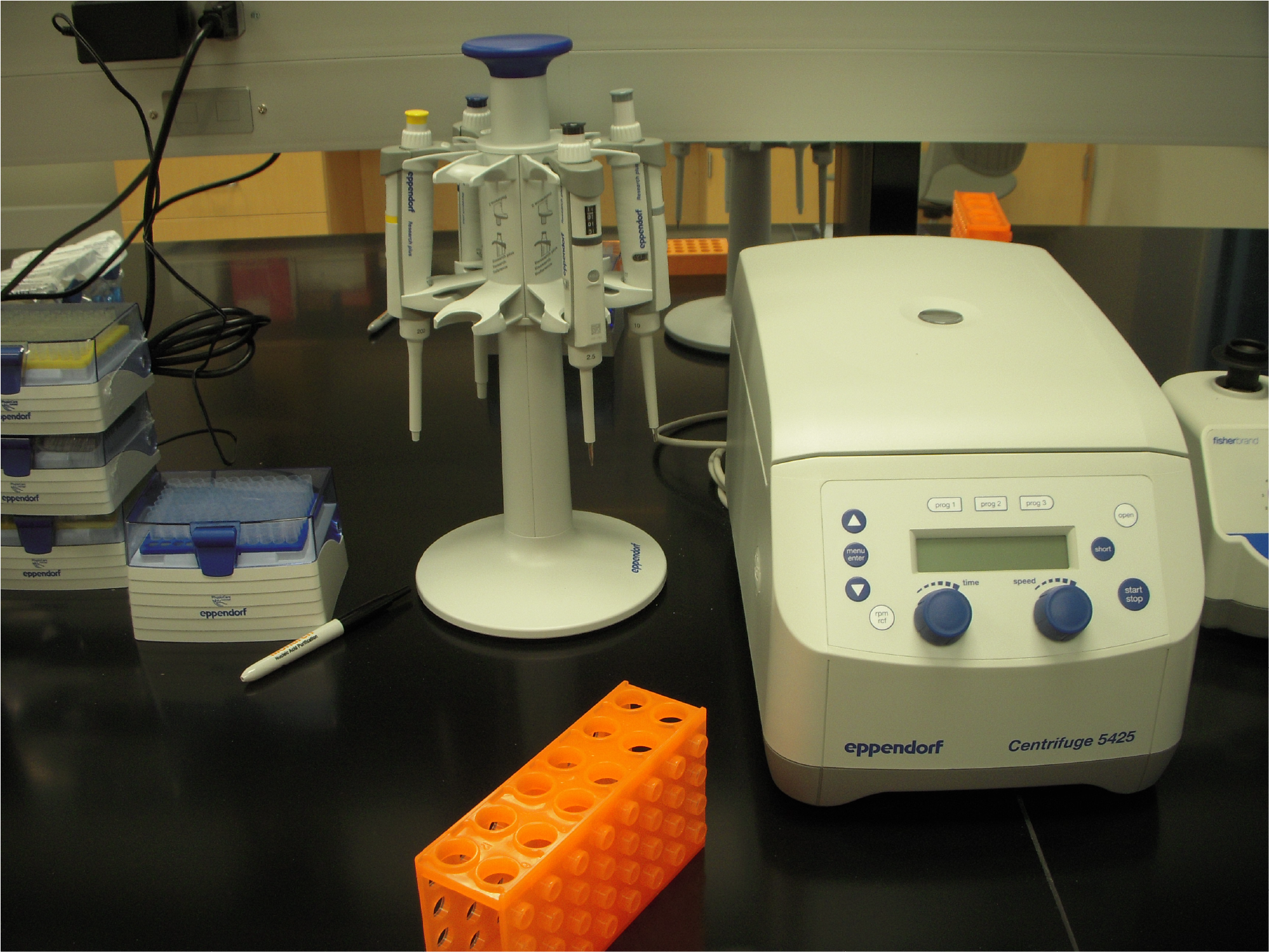Week 4 (2/5/2021) – We discussed the Iserman, et al. paper from my alma mater, UNC Chapel Hill, and the Weeks and Gladfelter labs. This publication describes potential phase transition by the SARS coronavirus nucleocapsid protein and SARS-CoV-2 genomic RNA. We also read and considered the McSwiggen, et al., 2019 publication from the Tjian and Darzacq group that provides a critical look at the evidence for phase transitions, including how we should evaluate phase transition experiments and whether phase transition has reached the standard of biological relevance. Austin Herbert, Mitzy Garner and Emily Alonzo, graduate applicants to the Clemson Center for Human Genetics, joined us for our discussion. Iserman, et al., clearly show that the nucleocapsid (N) protein forms droplets that are concentration and temperature dependent. Addition of specific RNAs, including long RNAs and the 5′ leader region, to N-protein increases droplet formation. The authors then address the tricky problem of how primarily non-specific interactions between N-protein and RNA govern phase transition. Some evidence they include is that the N-protein interacts different with the 5′ leader region than it does with other RNAs that do not promote phase transition. However, the corona virus genome is very large and this study only investigates a fraction of the complete sequence. Much of the claims are speculation that will be interesting to follow-up on, but do not just form a complete picture yet. For example, the authors bring up the concept of therapeutics to disrupt phase transition, however, their evidence for biologically important phase transition on corona virus packaging is thin. In addition, they only test three chemicals that are known to have other effects on the cell (like kanamycin). Impressively, this substantial work on RNA structure, protein binding and phase transition was published within the same year that the novel SAR-CoV-2 was identified. It will be interesting to see how some of these introductory concepts are carried out in the future.
Upcoming (2/12/2021) – We will discuss a computational paper that connects theory with experimental SHAPE data by Hurst in the Chen lab.
